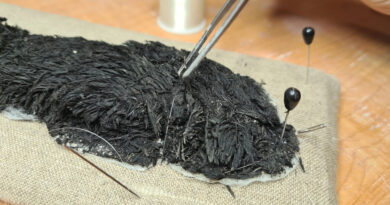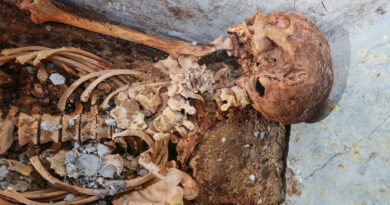Archaeologists Discover Earliest Evidence Of Pet Dogs In Arabian Peninsula
Archaeologists in Saudi Arabia have discovered the earliest known evidence of domesticated dogs in the Arabian Peninsula.
The team uncovered dog bones at one of the earliest burial sites in the peninsula in the badlands close to the city of Al-‘Ula in north-western Saudi Arabia.
Evidence shows the tomb was first used in around 4300 BCE and was in use for around 600 years.
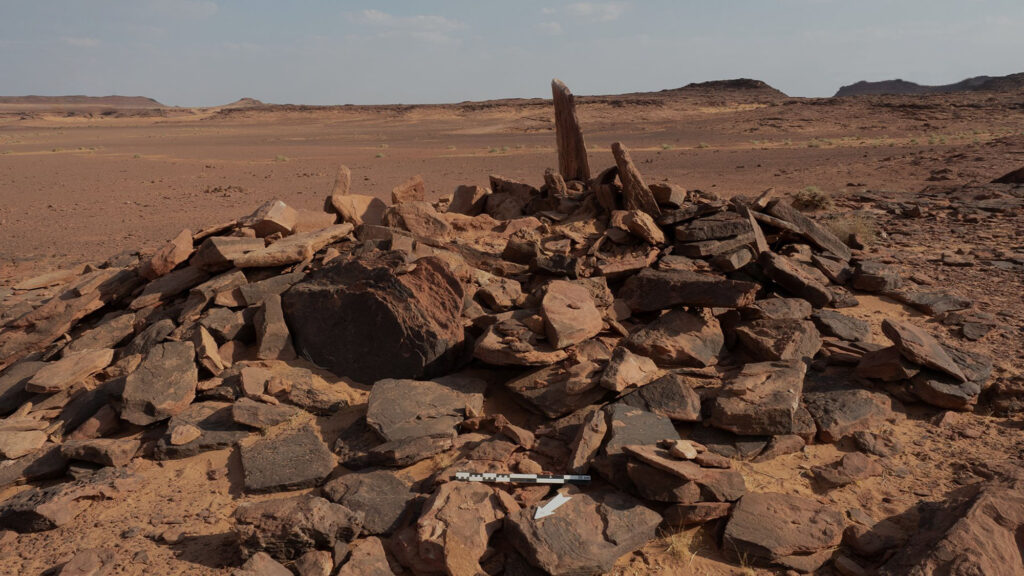
The finding of dog bones at the overground tomb signifies the earliest evidence of domesticated dogs in the Arabian Peninsula.
The burial site was first detected on satellite images and was subsequently photographed by helicopter, with fieldwork beginning at the site towards the end of 2018.
In total, 26 bone fragments from a single dog were found at one of the tombs alongside human bones belonging to 11 individuals, six of whom were adults, four children and one a teenager.
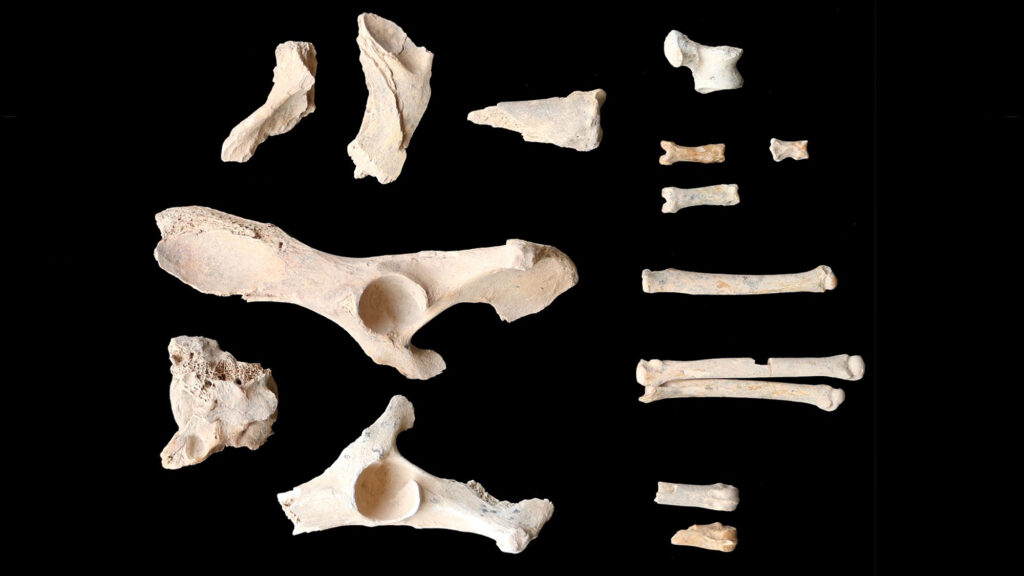
The animal bones displayed signs of arthritis, suggesting it lived alongside the humans until at least middle age.
It was not immediately clear the bones belonged to a dog, and the team had to analyse them to rule out a desert wolf.
The Australian-led team dated the dog bones to between around 4200 and 4000 BCE.
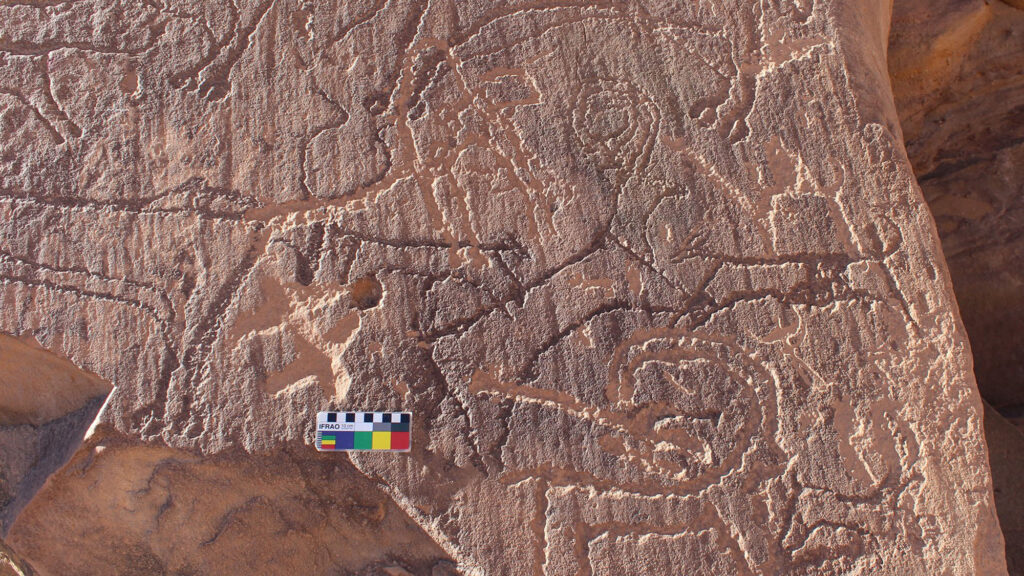
Ancient rock art in the immediate region suggests the ancient inhabitants used dogs to hunt other animals, such as ibex.
Significant artefacts have also been uncovered at the site, such as a pendant made of mother-of-pearl shaped like a leaf and a bead made of carnelian
The excavations in the area are ongoing, and archaeologists hope to discover new findings.

